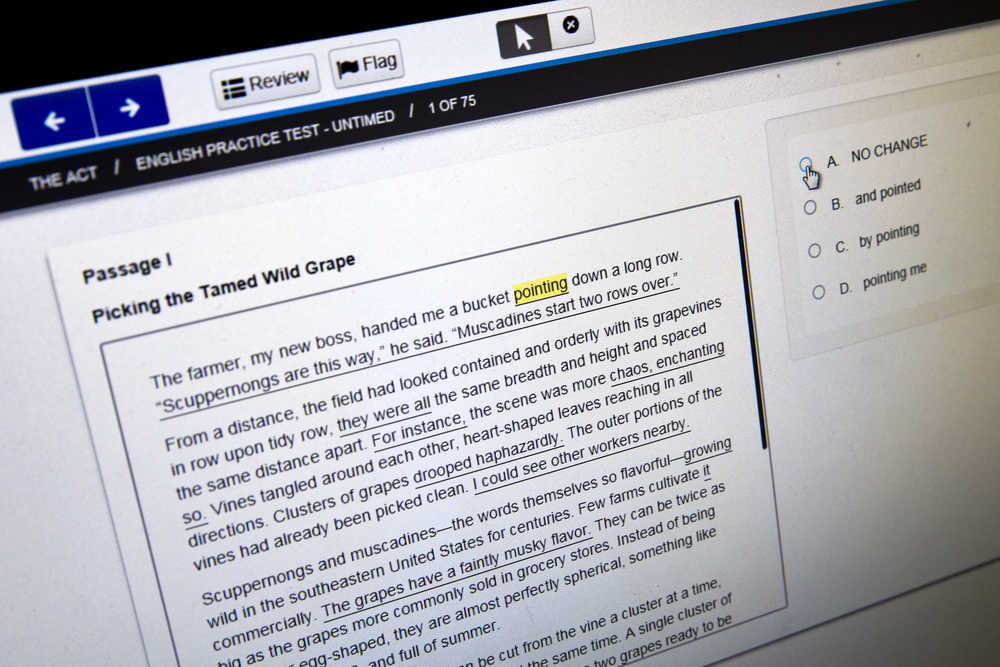WASHINGTON — The latest scores from the ACT college entrance exam suggest many of this year’s high school graduates aren’t ready for college-level course work.
In its annual score report released Wednesday, the testing company said only 38 percent of graduating seniors who took the exam hit the college-prepared benchmark in at least three of the four core subjects tested — reading, English, math and science. That compares with 40 percent last year. The benchmark is designed to measure a strong readiness for college.
The average composite score also declined a bit, down from 21 to 20.8 this year. The four tests are scored on a scale of 1 to 36. The composite is the average of the four scores. Many colleges use the composite in admissions.
ACT’s Paul Weeks says the declines were expected, given the growing and changing demographics of the testing population.
Sixty-four percent of the 2016 graduates took the ACT, meaning nearly 2.1 million students, compared with 59 percent the year before. That increases the share of test-takers who aren’t necessarily college bound, said Weeks, senior vice president for client relations, in an interview.
By comparison, 1.7 million graduating seniors in 2015 took the SAT, the other major college entrance exam. The College Board expects to release updated 2016 numbers for the SAT in the fall.
Of the ACT-tested high school graduates this year, 61 percent met the English benchmark of 18 points, which indicates a student is likely ready for a college composition course and would earn a “C’’ or better grade.
In reading, 44 percent met the 22-point mark that suggests readiness for a college-level social-sciences course. For math, 41 percent met the 22-point threshold that predicts success in an algebra course. And in science, 36 percent reached the 23-point score that predicts success in an entry-level biology course.
In contrast, 34 percent of 2016 grads did not meet any of the four benchmarks. Weeks called that number alarming, an indication those students are likely to struggle with first-year courses and end up in remedial classes that will delay degree completion and increase college costs.
The report showed a relatively wide gulf, by race, in the percentages of graduates hitting three or more of the college-ready benchmarks. Forty-nine percent of white test-takers met the three-or-more benchmark, compared with 11 percent of African-Americans and 23 percent of Hispanic test-takers. But the gaps between the groups haven’t shifted that much, for better or worse, in the past four years.
Other findings in the annual score report:
• Massachusetts had the highest average composite score, at 24.8. It was followed by Connecticut and New Hampshire, both with a 24.5 average composite score.
• In the past four years, the proportion of students saying they would like to pursue vocational/technical and two-year degrees increased by 2 percent. The proportion aspiring to higher levels of education dropped by 6 percent.
The testing company says 20 states funded ACT testing for public school students in the 2016 graduating class. Those states are: Alabama, Alaska, Colorado, Hawaii, Illinois, Kentucky, Louisiana, Michigan, Minnesota, Mississippi, Missouri, Montana, Nevada, North Carolina, North Dakota, South Carolina, Tennessee, Utah, Wisconsin and Wyoming.

